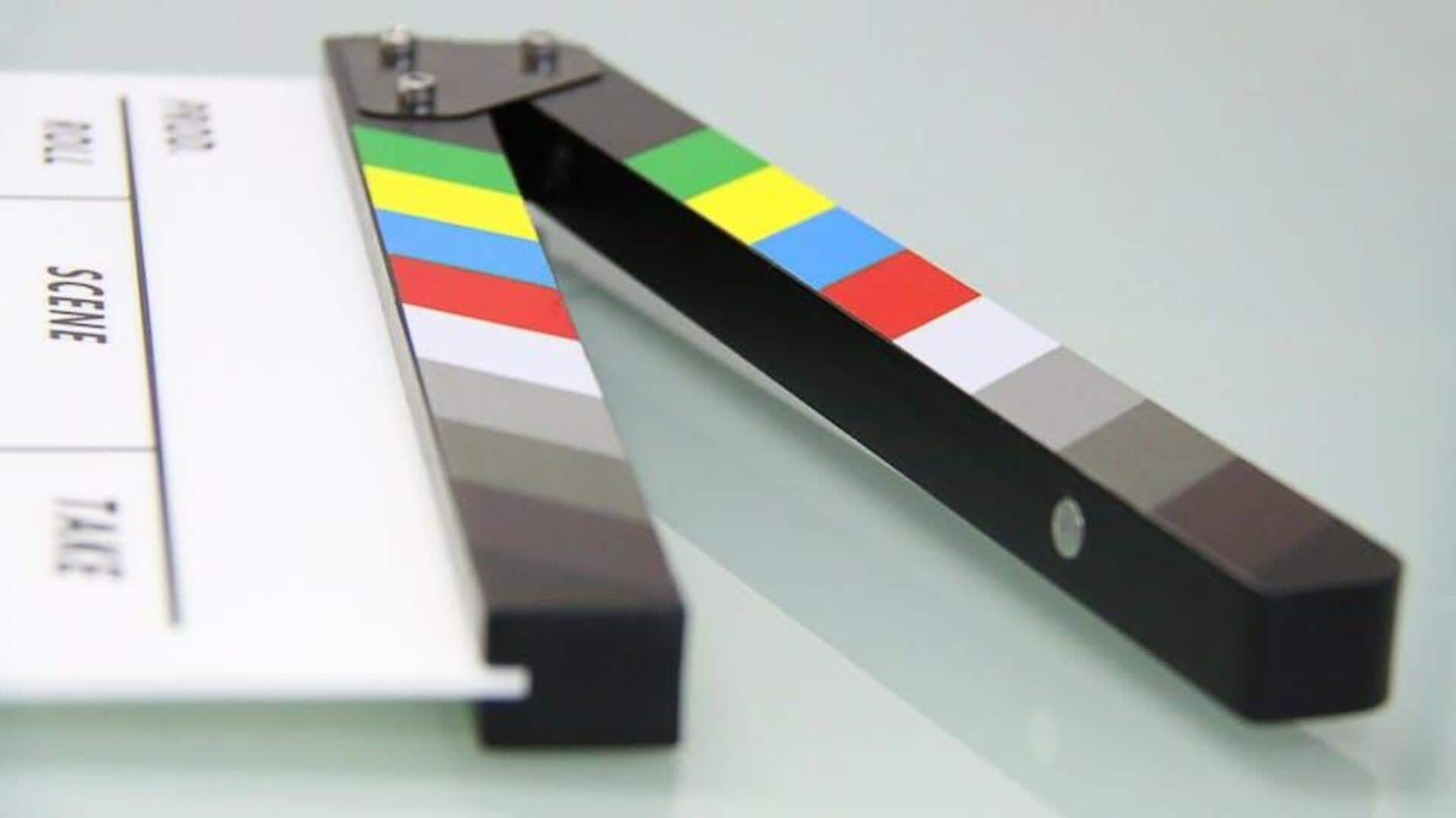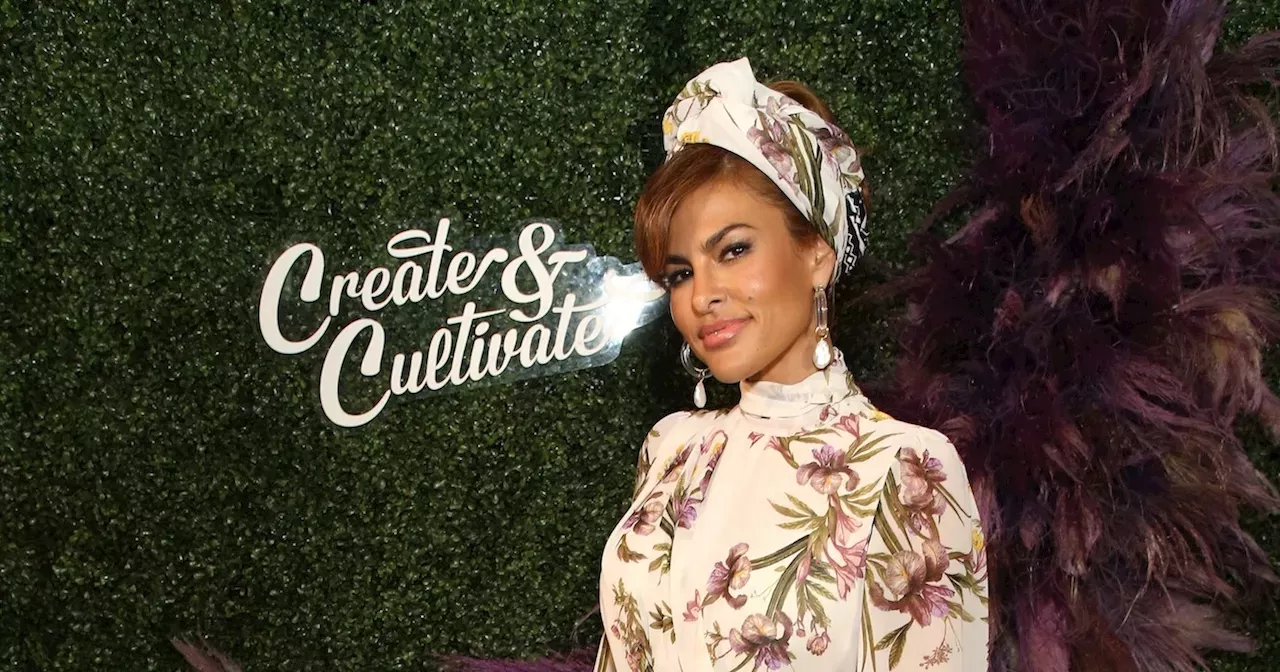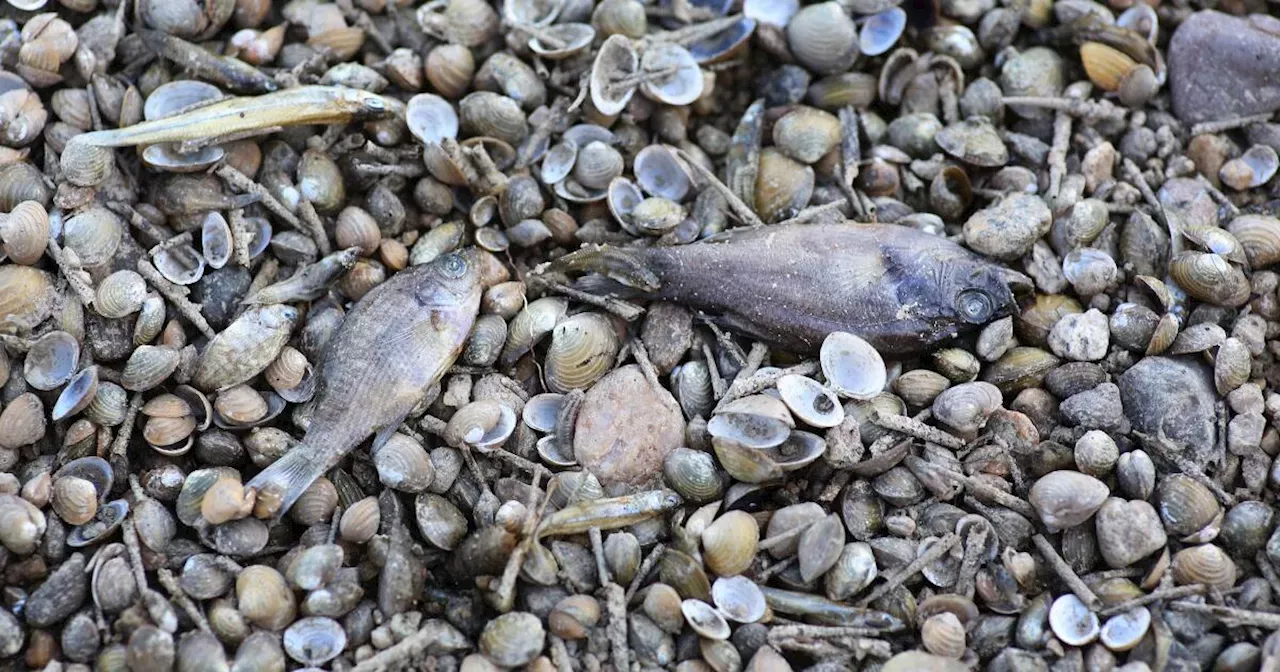CAMBRIDGE — Exhibition titles don’t come more alliteratively straightforward than “Big Books, Tiny Tomes,” which runs at Harvard’s Houghton Library through Aug. 9. Houghton is the university’s rare-book library.
Harvard’s Peter Accardo and Molly Schwartzburg curated the show. In 10 display cases, a very large volume sits next to a very small one. Simply in terms of scale, the juxtapositions are visually delightful.

Approach more closely, and the pairings have tales to tell. The most amusing consists of two chapters, published in 1950 as individual volumes, from Jonathan Swift’s “Gulliver’s Travels.” “Gulliver’s Voyage to Brobdingnag,” a land where everything is gigantic, is very big, nearly 183⁄4 inches long, just under 14 inches wide, and nearly a foot thick: big book.
“Gulliver’s Voyage to Lilliput,” a land where everything is small, is 33⁄4 inches long, 21⁄2 inches wide and half an inch thick: tiny tome. Advertisement A 1708 copy of Andreas Cellarius’s magnificent 17th-century star atlas, “Harmonia Macrocosmica” (even the title is pretty magnificent) shares its space with two items from “The Earth and Its Inhabitants,” published in Germany, c. 1840.
One is a globe slightly larger than a golf ball. The other is an accordion album, showing people from various places on the planet. The small scale is meant to make the items more appealing to children.
Printing a book large serves one of several purposes. Doing so can be sumptuary, to make it appear like a luxury object. It can also serve to enhance the legibility of content.
That is the case with a 1543 edition of Andreas Vesalius’s “De Humani Corporis Fabrica,” with its many anatomical illustrations. Printing a book small can be a bravura demonstration of skill (”Lilliput” is set in 6-point type). It can also be conducive to concealment.
The Vesalius shares the same case with Charles Knowlton’s “Fruits of Philosophy, or, The Private Companion of Young Married People.” First published in 1832, it’s about contraception (note the delicacy of the title). Concealment wasn’t just a matter of propriety.
Knowlton, a Massachusetts physician, served three months in prison for distributing the book. A few of the 11 items in “The Beauty and Science of Plants,” which celebrates botanical illustrations, are large books Curated by Accardo, it runs through Aug. 23.
Scale is an issue only insofar as it relates to an accurate detailing of the plant. Nor need the illustration appear in a published volume. Sakamoto Kōsetsu’s two 19th-century renderings of cherry blossoms, which may be the most beautiful works in a show long on beauty, are from a manuscript.
Advertisement “Vesuvius in the Romantic Era” has the same intimate size as the other two shows. Curated by Harvard’s John Brewer, in conjunction with his recent book “Volcanic: Vesuvius in the Age of Revolutions,” it includes a dozen items. It runs through Aug.
27. Yet such variety those items encompass: what we would now call an informational graphic, from John Auldjo’s “Sketches of Vesuvius” (1832), charting 200 years of eruptions; some music from Giovanni Pacini’s 1825 opera about Pompeii; the visitors’ book from the Vesuvius hermitage, where tourists would stop on their ascent to the summit of the volcano; two copies of Edward Bulwer-Lytton’s novel, “The Last Days of Pompeii,” one in English and the other a French translation. The English-language copy formerly belonged to Emily Dickinson’s family.
“Vesuvius” also includes the autograph manuscript of Dickinson’s poem “I have never seen ‘Volcanoes.’” Visitors who have seen “Big Books, Tiny Tomes” might find themselves thinking of another Dickinson poem, “There is no Frigate like a Book.” If most books are the figurative size of frigates — those sleek, swift, and powerful vessels — some are the size of battleships, others no bigger than dinghies.
What matters isn’t scale. It’s their being anchors aweigh in the imagination. BIG BOOKS, TINY TOMES THE BEAUTY AND SCIENCE OF PLANTS Advertisement VESUVIUS IN THE ROMANTIC AGE At Houghton Library Harvard University, Harvard Yard, Cambridge, through Aug.
9, Aug. 23, and Aug. 27, respectively.
617-495-2440, library.harvard.edu/libraries/houghton Mark Feeney can be reached at mark.
[email protected] ..



















